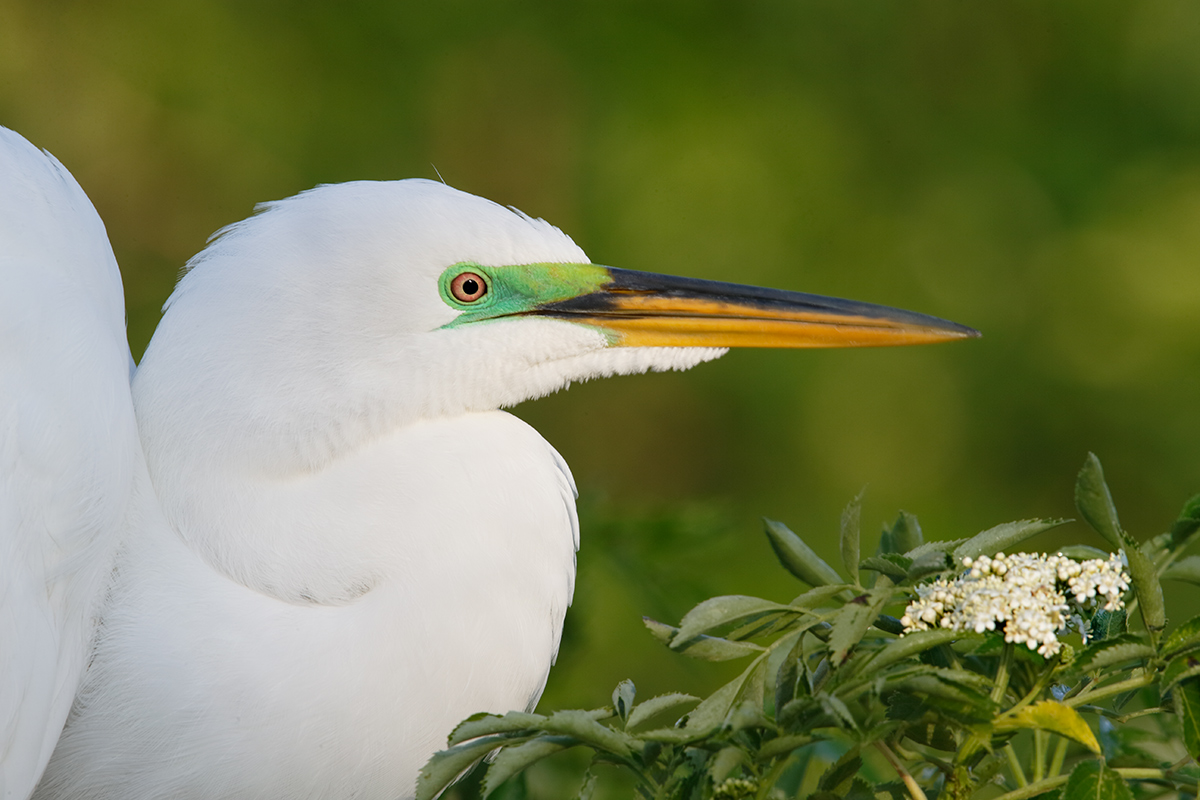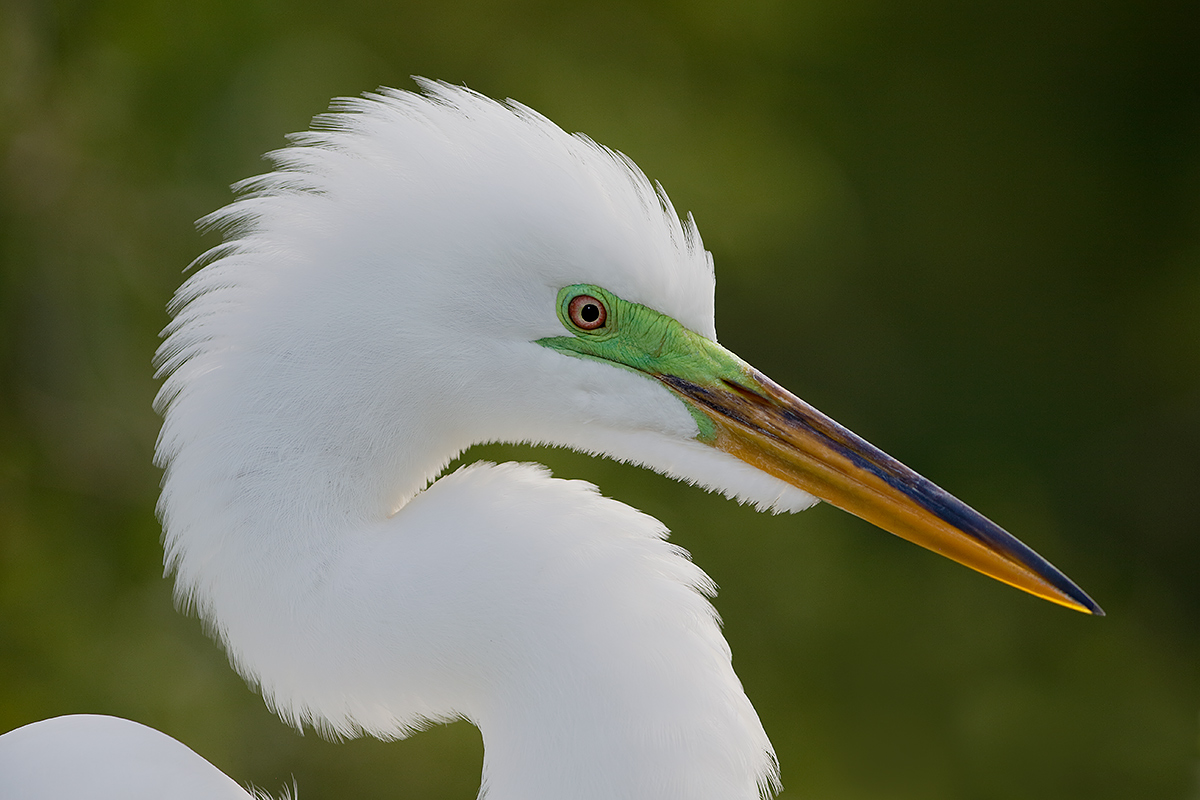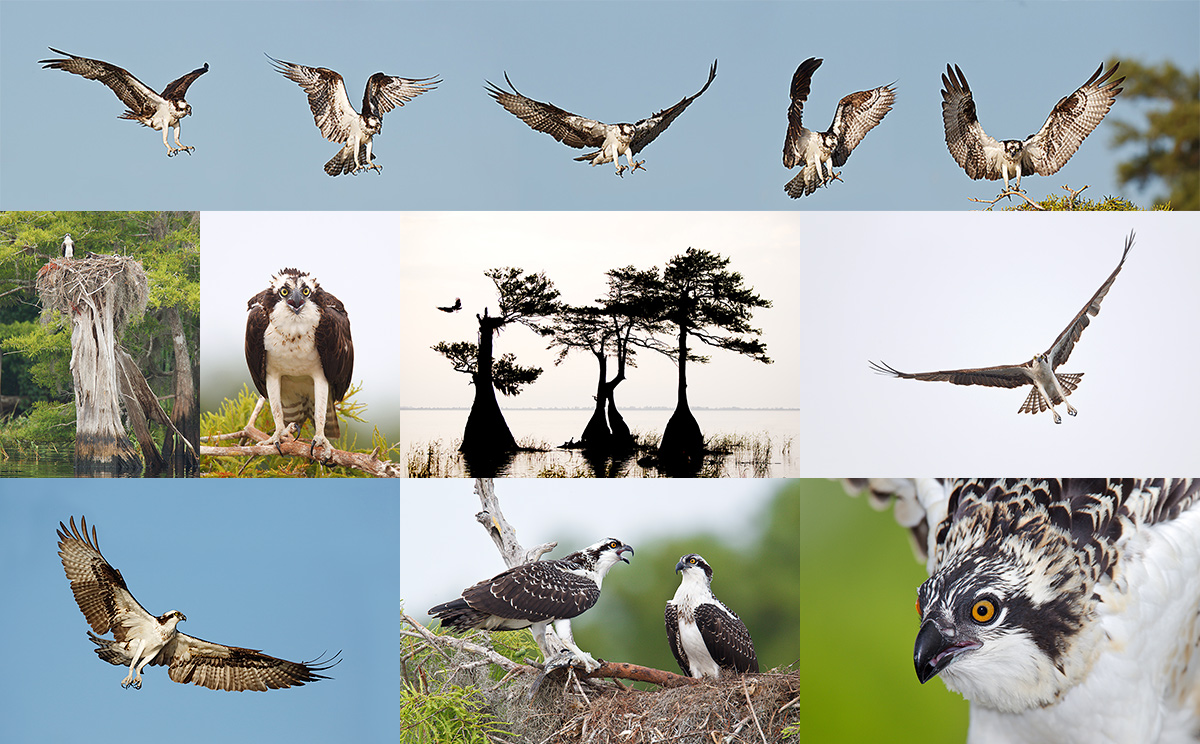The Streak Goes On
First off, I would like to give a shout out to Quazi Ahmed Hussain who was tricked 100% by my Canon new gear belated April Fool’s spoof. In a comment here he wrote: “If my Guru fools me; I feel honored. Because this means he cares about me. Where else can I get this honor! Hats off to you Guru. I mean what I said above.” Quazi, thanks for your kind words and for being so understanding and accepting.
This post marks 128 straight days with a new educational blog post. With so many folks getting in the habit of using our B&H and Amazon links why quit now? To show your appreciation for my efforts here, we do ask that you use our the B&H and Amazon affiliate links on the right side of the blog for all of your purchases. Please check the availability of all photographic accessories in the BIRDS AS ART Online Store. We sell only what I use and depend on. We will not sell you junk. We know what you need to make creating great images easy and fun. And we are always glad to answer your gear questions via e-mail.
You can find the following items in the store: Gitzo tripods, Mongoose M3.6 and Wimberley heads, plates, low feet, and accessories, flash brackets, , Delkin e-film Pro Compact Flash Cards, LensCoat products, and our unique line-up of educational materials including ABP I & II, Digital Basics, Site and Set-up e-Guides, Canon and Nikon Camera Users and AF e-Guides, and MP-4 Photoshop video tutorials among others.
I would of course appreciate your using our B&H affiliate links for all of your major gear, video, and electronic purchases. For the photographic stuff mentioned in the paragraph above we, meaning BAA, would of course greatly appreciate your business. Here is a huge thank you to the many who have been using our links on a regular basis and visiting the BAA Online store as well.
This blog post took about 1 1/2 hours to assemble. Enjoy!
|
This image was created at Gatorland on Saturday, April 5 at 8:03am on a clear morning with the Gitzo 3532 LS carbon fiber tripod, the Mongoose M3.6 head, the Canon EF 600mm f/4L IS II USM lens, the Canon Extender EF 2X III, and the Canon EOS-1D X Digital SLR camera body. ISO 200. Evaluative metering +2/3 stops: 1/60 sec. at f/16 in Manual mode. Color Temperature: AWB. Central sensor (by necessity) Expand/AI Servo/Rear Focus on the bird’s eye and re-compose. Click here if you missed the Rear Focus Tutorial. Be sure to click on the chick to see a larger version. Image #1: Great Egret with small white flower.
|
Gatorland Yesterday
It was a busy day at Gatorland yesterday. There were lots of photographers out early enjoying the great weather. My group of 5 eager-to learn folks included a group of 3 from southeast Florida, David Bates, and William Freund and his son Max. Multiple IPT veteran and dear friend Deirde Sheerr-Gross and first-timer Lynn Dolson who drove up from Fort Myers rounded out the group. It was great to see an influx of new birds in full breeding plumage. Those included a fresh batch of Great Egrets–2 seen here, several Snowy Egrets, and more than a dozen of my favorite Gatorland species, Cattle Egret. Everyone in the group but Deirdre needed lots of help with exposure: get some data in the fifth histogram box(the fourth histogram box for the two Nikon-shooters), expose to the right, and make sure that there are no blinkies. Both David and William were ecstatic about what they learned. David was also thrilled that I taught him how to use his 600 II with the 2X III TC; I created a new head-hunter. And quiet Max absorbed all of the lessons without asking any questions; whenever I glanced at his histograms they were spot on.
The image above was front lit. I went to f/16 in an effort to sharpen up the flower. With d-o-f at 1200mm being so tiny I still needed to run a contrast mask on the flowers in an attempt to sharpen them up. Uncharacteristically, this bird posed very nicely for probably 10 seconds or more; that gave me time to focus on the eye and re-compose.
Image Question
Why was I at ISO 200? Trust me, nobody will get this one right. But you can never know unless you try.
|
This image was created at Gatorland on April 5, 2014 at 5:46pm on a clear afternoon with gentle backlight. I hand held the Canon EF 200-400mm f/4L IS USM Lens with Internal 1.4x Extender (with the internal TC engaged at 490mm) and the Canon EOS-1D X. ISO 800. Evaluative metering +2/3 stop as framed: 1/1000 sec. at f/5.6 in Manual mode. AWB. One sensor to the left and two rows above the central Sensor/AI Servo-Surround/Rear Focus AF just behind the bird’s eye was active at the moment of exposure. Practicing so that you are able to change AF sensors almost instantly is an important skill to work on. Learn everything there is to know about the 1D X and 5D III AF systems including how to manage the various AF Area Selection Modes, when to use which one, and several ways to move the AF sensor around in the 1D X AF Guide and the 5D Mark III User’s Guide. Click here to see the latest version of the Rear Focus Tutorial. Click on the image to see a larger version. . Fill flash with Better Beamer at -2 stops in ETTL. Canon Speedlite 600EX-RT with the Canon CP-E4 Compact Battery Pack for faster re-charging times. Mongoose Integrated Flash Arm with the Canon OC-E3 Off Camera Shoe Cord 3. Image #2: Backlit Great Egret with head feathers erect.
|
Different Tools, Different Light, Flash Off, Flash On…
The opening image was created with the tripod-mounted 600II/2X III TC combo, my favorite head-hunter rig. With the on angle sunlight and me working right on sun angle with my shadow pointed directly at the subject, there was no need for fill flash. It was great seeing old friend Walt Anderson, the inventor and manufacturer of the Better Beamer, my very first mail order product.
To create the second image, the backlit one immediately above, I stood atop the sturdy plastic milk crate hand holding the 2-4. That to get above some foreground vegetation. Hand holding gives you a tremendous amount of freedom of movement. My tripod is not tall enough for me to work from atop the milk crate. With the gentle backlight I went with some extra flash: -2 as compared to the -3 that I usually use for fill. Had the backlight been stronger I would have gone with more flash, -1 or even 0. When another bird flew close by over-head, the bird I was photographing got a bit agitated and erected its head feathers as a threat. Hand hold made it easier to frame the image properly than if I have been on a tripod.
Your Favorite?
Though these images are similar, I have a clear favorite. Take a moment to leave a comment and let us know which one you like best and why you made your choice.
|
All images created on Lake Blue Cypress. Copyright Arthur Morris/BIRDS AS ART. Click on the composite to enjoy a larger version. |
Lake Blue Cypress Osprey Heaven Full-Day In-the-Field Hand Holding Workshops via Customized Pontoon Boat
Two 3+ hour shooting sessions on a beautiful cypress lake teeming with Osprey; Barred Owl almost guaranteed. Red-shouldered Hawk and Pileated Woodpecker likely. Be sure to follow the link to Jim’s gallery below.
2 great leaders: Captain Jim Neiger and Arthur Morris.
Available dates: April 8, 9, 11 & 12, 2014.
Here are the Full Day rates:
1 photographer: $650.
2 photographers: $500 each.
3 photographers: $450 each.
4 photographers: $400.
Each full day booking includes a delicious healthy lunch at my home. Overnight lodging at my home is available cheap on a limited basis for folks who would like to do more than one day. Please inquire via e-mail.
So far one photographer signed up for Saturday, April 12; join us and enjoy at least a $150 savings.
One or two photographers may hire the boat on a private basis by paying the full day rate for 4: $1600.
Because of the late date payment in full by personal check is due now. Please e-mail for additional details of info.
Check out Jim Neiger’s Osprey Heaven/Lake Blue Cypress Gallery here and you will be amazed as to the quality of the flight and action images and the possibilities.
Here’s what BPN member David Salem had to say about a day on the lake with Jim Neiger in Pane 1 here:
“We met our friend Jim Neiger on his boat at Lake Blue Cypress and had a blast shooting hundreds of Osprey and many other species including some great shots of Barred owls. I highly suggest booking a trip with Jim on the lake as he knows the lake real well and the birds even better. It was a trip that I will never forget with literally hundreds of Osprey flying around starting their nesting season. A sight to see; will be posting some pics from the lake soon. ”
Support the BAA Blog. Support the BAA Bulletins: Shop B&H here!
We want and need to keep providing you with the latest free information, photography and Photoshop lessons, and all manner of related information. Show your appreciation by making your purchases immediately after clicking on any of our B&H or Amazon Affiliate links in this blog post. Remember, B&H ain’t just photography!




Amazon
Everyone buys something from Amazon, be it a big lens or deodorant. Support the blog by starting your search by clicking on the logo-link below. No purchase is too small to be appreciated; they all add up. Why make it a habit? Because I make it a habit of bringing you new images and information on an almost daily basis.
Typos
In all blog posts and Bulletins, feel free to e-mail or to leave a comment regarding any typos, wrong words, misspellings, omissions, or grammatical errors. Just be right.




















Did you post an answer to this one? Intrigued…
See the Bill Richardson comment below artie
artie
Loving the streak and all of the great information you are sharing. I’m betting you were at ISO 200 because you had Highlight Tone Priority turned on to preserve the details of the front-lit white bird.
You lose :). See the Bill Richardson comment below. artie
Image #1–You knew your Elbow-Lock Maximum Sharpness Technique would get you a sharp image at 1/60 so you kept the ISO low to get the least possible noise?
All wrong… See the Bill Richardson comment below. artie
Is it because you were moments earlier shooting white birds in bright sun, then saw this opportunity unfold before you?
Or, because you were using flash, and to be slow enough to acquire the shutter sync speed (not using high, because it was dark and it puts out less light?), you were at 200?
Or, random mad accident!!!!
By the way, I liked the April Fool’s post; I saw it first on The Digital Picture, and about halfway through I realized they were kidding. Still, I liked it, and think a good prank now and again can help smiles flow!
Random mad accident artie
artie
The first image – the flower adds a bit of balance and interest. The tip of the beak is a bit out of focus on my mac. The second image is of course great technically, but I find the bottom left corner a bit distracting.Love his glare. Just an opinion from a former student. Glad I ran into you yesterday- “Grand Master of Bird Photography and More.”
Thanks. Do share the link. As for the lower left corner, I find that the bird’s back balances nicely with the dark tones in the upper right corner.
What is your first name and what IPT were you on? artie
Joan – Ted and I had private sessions with you years ago at Ft De Soto,took you out to a pelican rookery,and we went to Africa and Ecuador with you.
Not to mention that I saw you for the first time in many years yesterday at Gatorland. Did you give tall Ted a hug for me? artie
I did- and told him how happy and great you looked !!!
My favorite is #2 the neck S curve coupled with the head angle equals a great shot. In # 1 photo your iso of 200 was based on tonal range of the background and soft overcast day.
All wrong… See the Bill Richardson comment below. artie
Re preference: #2 due to great curves, bill luminance, fluffed feathers, great head angle, good background, good detail in feathers.
Re ISO: the first reason I can think of is that it was a mistake after needing it for an earlier shot.
RE 1Dw, got delivery yesterday and it is fantastic.
Bingo on ISO 200 being a mistake!
artie
I spend about a week a year at Gatorland (I live in Michigan), one of several sites I visit each year in the winter, and appreciate the plethora of birds waiting to have their photo taken. My main problem is the ubiquitous stuff that often intrude in the background. You seem to solve this problem not only by judicious positioning but also by the long lenses you use with limited DOF and thus easier-to-blur backgrounds. Alas I have only the 100-400 and so must rely on Photoshop unless you have another idea.
Hi Leonard, There are lots of head-hunter opps with short lenses; you just need to learn to see them. I got some great head shots this morning–Sunday March 6, 2014, with the 70-200 II, a 1.4X II TC, and the full frame 1D X. I will post one or two soon… Full frame chicks too.
artie
ps: you need to get with me in the field there for a day or two so that I can teach you to see the situations. They are there every day, especially in the mornings or all day if it’s cloudy.
Is the ISO 200 maybe to get a tad more depth of field? I seem to remember that I have read somewhere that a lower ISO can influence the depth of field. Please tell me if this is nonsense.
Nonsense… … See the Bill Richardson comment below. artie
Image #2 is my favourite.
I believe when a bird erects it’s feather it adds so much more interest to the image, plus it looks better. Ted
P.S. I did go to B&H to see if they had the 1dW listed yet!!!
10 seconds. You knew you took a few great shots. Then you took a chance on lowering the shutter speed to get a slower ISO.
Mike
Nope. See Bill Richardson’s comment below. artie
ISO 200 because you had Highlight Tone Priority Enabled?
Nope. That is a lower limit…. See Bill Richardson’s comment below. artie
I like image #1. Why ISO 200? Had you been working on pleasing blurs and didn’t readjust? My best guess.
Nope. See Bill Richardson’s comment below. artie
200 ISO? I’ll take a punt at “dynamic range”.
Nope. See Bill Richardson’s comment below. artie
Exposing correctly for a white bird in the sun will give a very dark background. The lower the ISO the the greater the dynamic range in the digital domain which allows you to brighten up the background later with less resulting noise than at a higher ISO.
Good morning Artie
I really like the first one the small flower adds to the overall composition for some balance without overpowering it.AS for the 200 Iso with the subject catching strong early light and subject being white plus at f4 big lens slow exposure all things adding up a higher ISO would have been over exposed introducing blown highlights.
Not at all. When I do change the ISO I change the exposure…. See Bill Richardson’s comment below for the correct reason. artie
Watched with interest about the april fools spoof. Sometimes you just have to laugh at yourself and get over it buttercup.IF thats the worse thing in your life to get spoofed your pretty fortunate.And then to hang on to it and let it bother you to that degree is a terrible thing. Their are bigger issues their.I saw it on a other webb site and at first I got real excited about all the new bells and whistles and then I finally figured it out .IT was very well done and I enjoyed it and got a big laugh .
In addition, I believe it is more dimensional … ” jumps out at you more.”
2 nd Image ! It seems Back-Lit Images always make a greater impression on me. Plus the head angle is more ” alive ” … More ” perky .”
I love #1 for the flowers, but #2 is my favorite. I just love the curves in #2. Doug